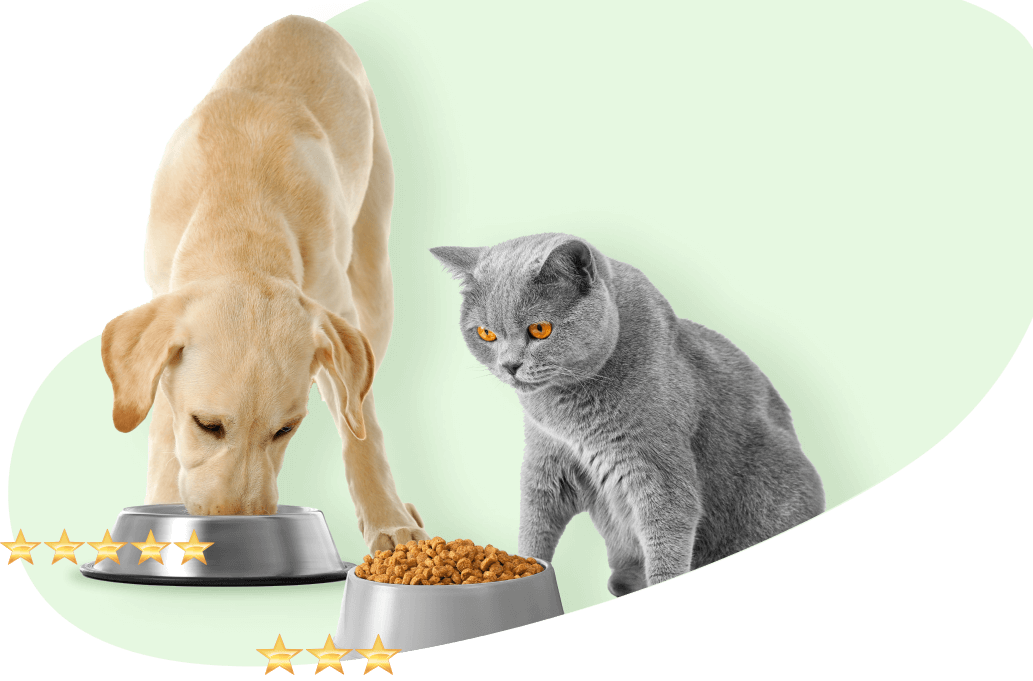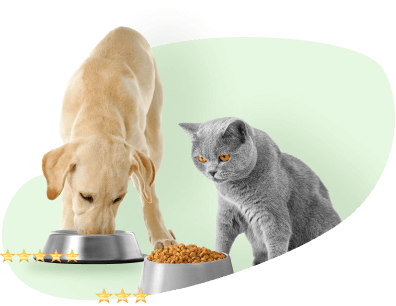How We Rate Pet Food
With the guidance of a clinical veterinarian, Pet Food Sherpa has developed a unique pet food rating system that evaluates foods using key metrics like ingredient quality, recall history, price, and more.
By applying this system to our extensive pet food database, we’ve analyzed over 5,000 ingredients and thousands of recipes.







